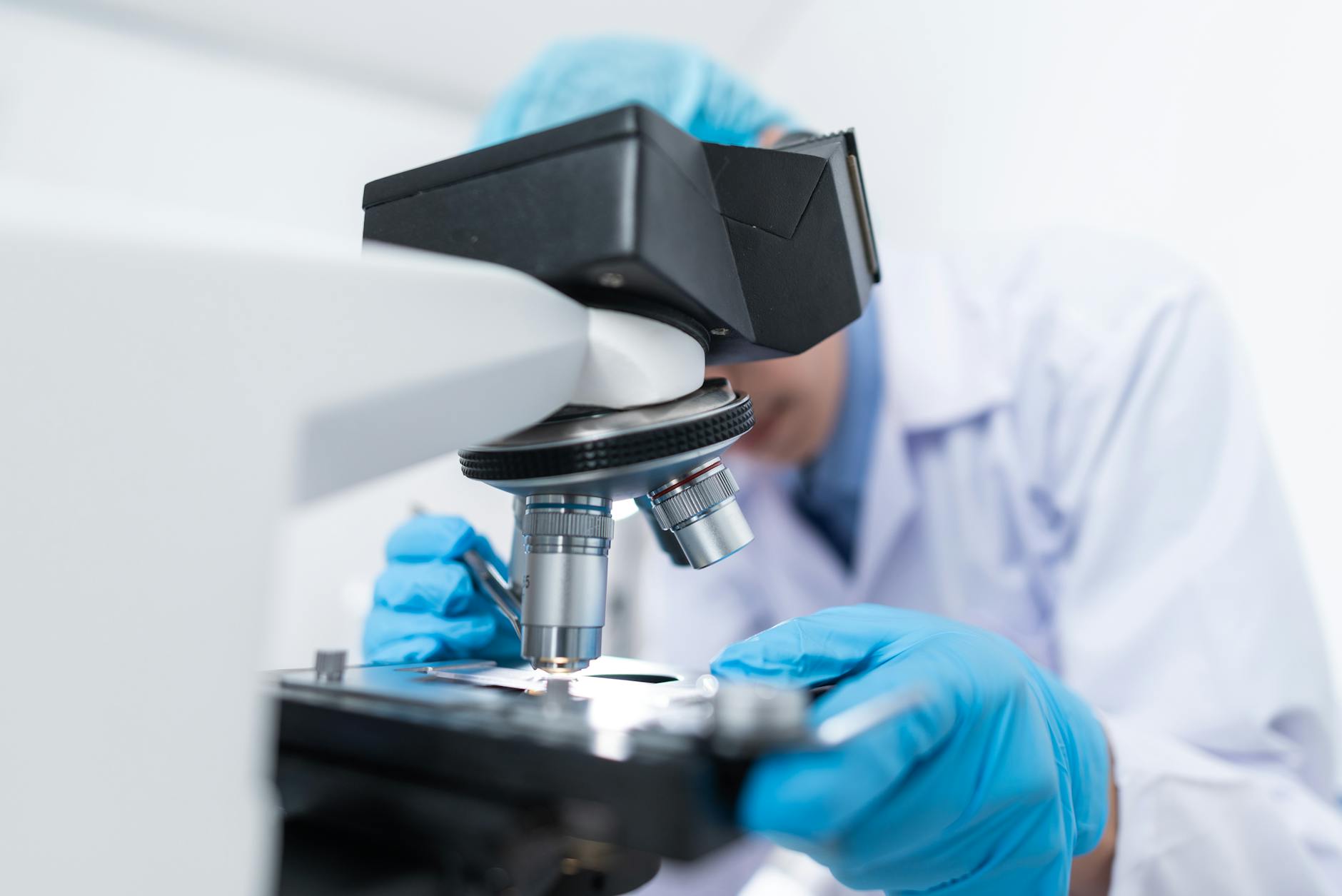
Medical Laboratory Technician: The Unsung Heroes of Healthcare
Picture this: A patient walks into a hospital with mysterious symptoms. Doctors scratch their heads, nurses take vitals, but the real detective work? That happens behind closed doors, where medical laboratory technicians analyze samples, uncover hidden clues, and often save lives without ever meeting the patient. If you’ve ever wondered who’s running those critical lab tests your doctor orders, let me pull back the curtain—this is the world of medical laboratory technicians (MLTs), and it’s far more fascinating (and occasionally hilarious) than you’d think.
What Does a Medical Laboratory Technician Do?
Medical laboratory technicians are the backbone of diagnostic medicine. They handle everything from blood draws to complex genetic testing, ensuring accurate results that guide patient care. Here’s a snapshot of their daily grind:
- Sample Analysis: Blood, urine, tissue—you name it, they test it.
- Equipment Operation: High-tech machines don’t run themselves.
- Quality Control: Because “close enough” doesn’t cut it in healthcare.
- Data Entry: Meticulous record-keeping is non-negotiable.
I’ll never forget my first week on the job when I mixed up two samples (hey, we’ve all been there). The supervising pathologist gave me a look that could freeze lava. Lesson learned: always double-check labels.
How to Become a Medical Laboratory Technician
Education Requirements
Most MLTs complete an associate degree program accredited by NAACLS (National Accrediting Agency for Clinical Laboratory Sciences). Programs typically take 1-2 years and blend classroom learning with hands-on clinical rotations. Pro tip: If your program offers phlebotomy certification, grab it—you’ll be everyone’s favorite during clinicals.
Certification and Licensing
While requirements vary by state, most employers prefer certified technicians. The big players in certification are:
- ASCP (American Society for Clinical Pathology)
- AMT (American Medical Technologists)
- AAB (American Association of Bioanalysts)
I opted for ASCP because, let’s be honest, their lapel pin is the coolest. Vanity aside, certification opens doors and often comes with a pay bump.
Medical Laboratory Technician vs. Medical Laboratory Scientist
People often confuse these roles. Here’s the breakdown in a handy table:
| Factor | Medical Laboratory Technician (MLT) | Medical Laboratory Scientist (MLS) |
|---|---|---|
| Education | Associate degree | Bachelor’s degree |
| Responsibilities | Routine testing under supervision | Complex testing, often supervisory |
| Salary Range | $40,000 – $60,000 | $50,000 – $80,000 |
Both roles are critical, but if you love deep-diving into abnormal hematology slides (guilty as charged), you might eventually want to bridge to MLS.
2025 Trends in Medical Laboratory Technology
The field is evolving fast. Here’s what’s coming down the pipeline:
- Automation Expansion: Robots won’t replace MLTs, but they’ll handle more repetitive tasks.
- Molecular Diagnostics Boom: COVID-19 was just the beginning—PCR testing is here to stay.
- Point-of-Care Testing: Smaller, faster devices mean more testing outside traditional labs.
- Data Integration: Expect tighter EHR (Electronic Health Record) connectivity.
During the pandemic, our lab went from processing 100 PCR tests daily to over 1,200. The espresso machine in the break room became our most valued “colleague.”
The Good, The Bad, and The Ugly of Being an MLT
The Good
You’re making a real difference while avoiding patient drama (no dealing with “But my cousin Google said…”). The work is stable—labs always need staff—and you can specialize in areas like microbiology or blood banking.
The Bad
Some days feel like you’re a machine babysitter. When the hematology analyzer throws an error at 3 AM, it’s your problem. Also, explaining to friends that no, you don’t just “play with blood all day” gets old.
The Ugly
That one time I dropped a stool sample cup. Enough said.
FAQs About Medical Laboratory Technicians
Do MLTs interact with patients?
Some do (phlebotomists often start as MLTs), but many work solely behind the scenes. If you’re introverted but love healthcare, this is golden.
Is the job stressful?
It can be during staffing shortages or when STAT (urgent) tests pile up. But most labs have a dark humor culture that helps cope. Nothing bonds a team like collectively groaning at yet another hemolyzed specimen.
What’s the career progression like?
Many MLTs become specialists, supervisors, or transition into MLS roles. Some move into sales for lab equipment companies—they love hiring ex-techs who actually understand the products.
Final Thoughts: Should You Become an MLT?
If you’re detail-oriented, enjoy science, and want healthcare work without 12-hour patient shifts, this career is a hidden gem. The pay won’t make you rich, but the job security is excellent, and you’ll sleep knowing your work directly impacts diagnoses.
Ready to explore further? Check out NAACLS-accredited programs in your area or shadow at a local hospital lab. Trust me, once you’ve identified a parasite under a microscope, you’ll either run screaming or be hooked for life. (Spoiler: I was the latter.)
Related: Best gaming glasses 2025
Related: dall e
Also read: Apple
Also read: Amazon


